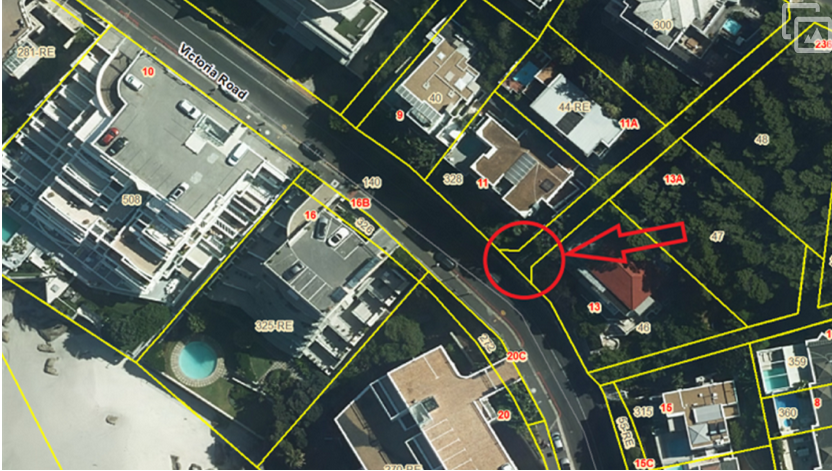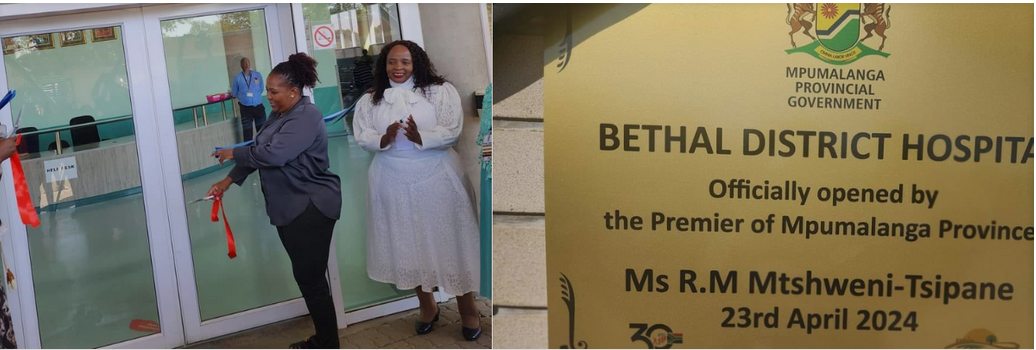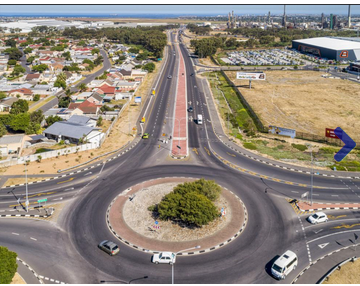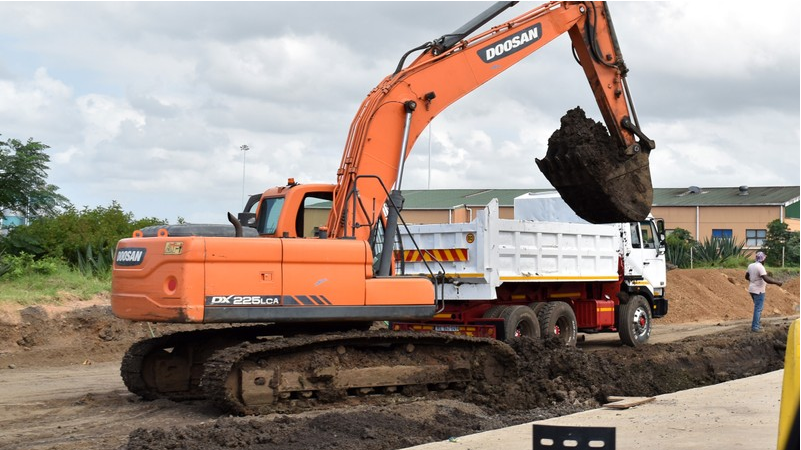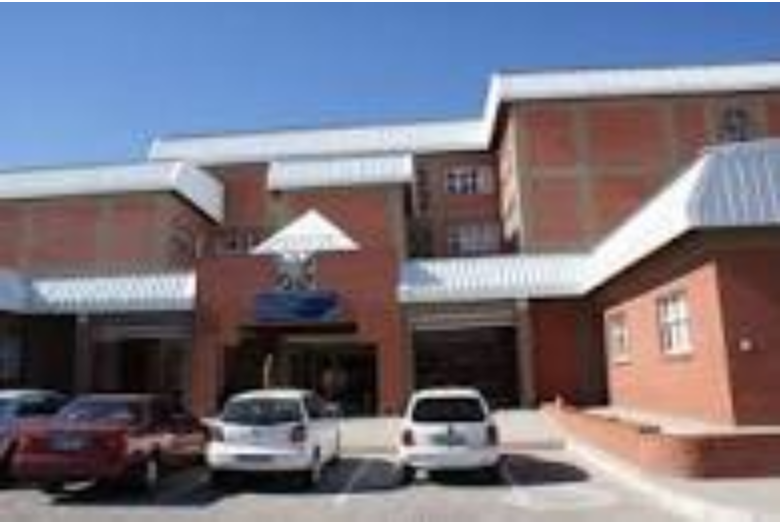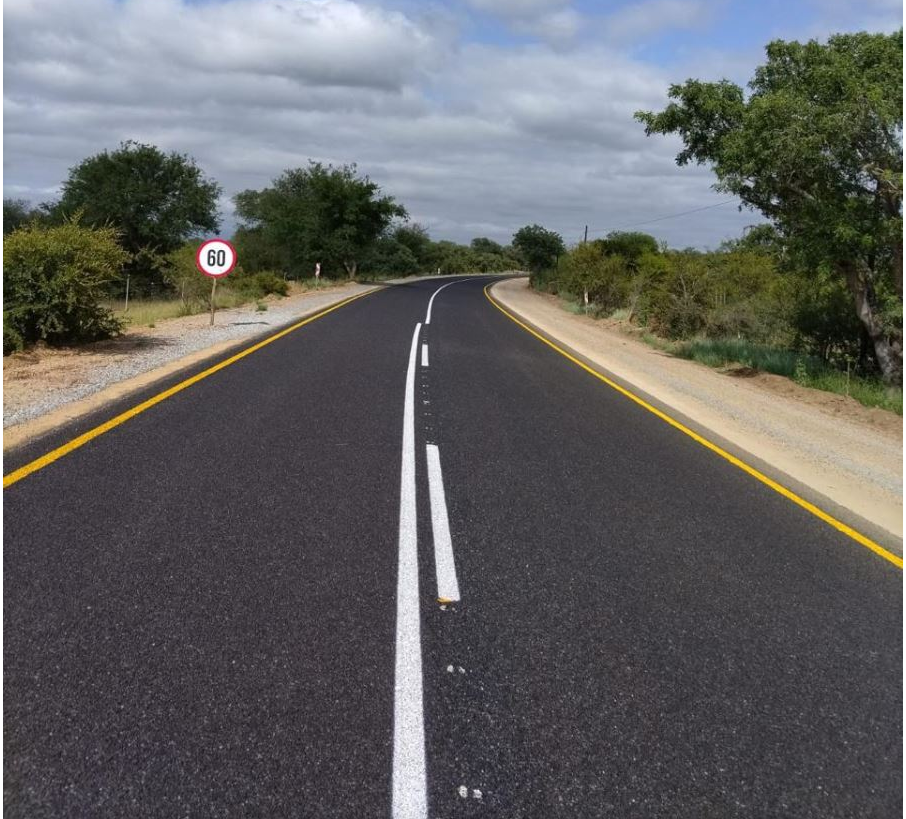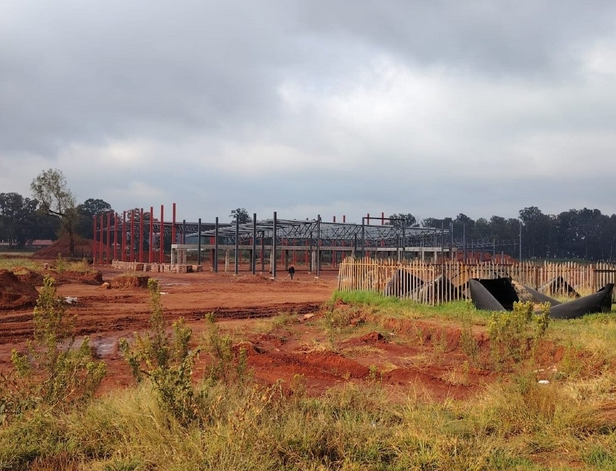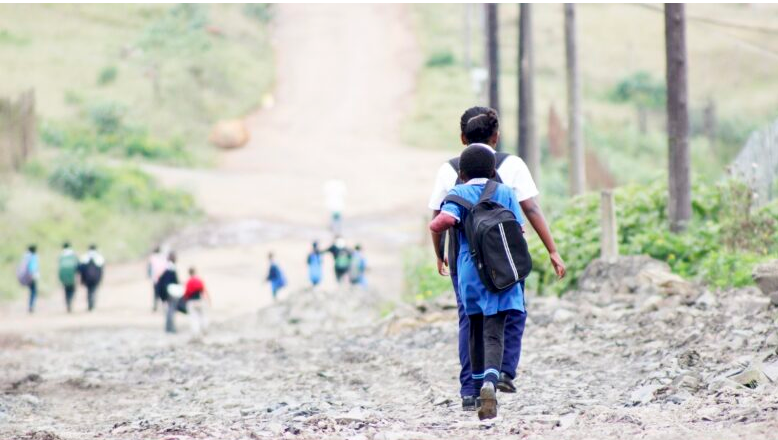Corobrik’s face brick range enhances the environmental benefits of iconic Agrivaal building

29-04-2016
Read : 423 times
SA Construction News
Source
The completion of the regeneration and reconstruction of the Agrivaal building in December last year has revitalised Tshwane’s Central Business District with its unique style.
Agrivaal_Building
As the embodiment of resource efficiency and environmental sustainability, Corobrik’s quality range of Firelight Satin face bricks were selected for the construction of the newer sections of the 1938 Department of Public Works (DPW) structure.
“Part of the heritage building was restored including three floors and the basement,” explained Paul Baggot, senior quantity surveyor at Trencon Construction. “The new building – which was constructed using about 450 000 Firelight Satin face bricks – consists of six basements and 10 floors.”
Baggot said the building was designed with a large atrium in the centre, which allowed for an open, free-flowing feel providing a wealth of natural light into the office floors via a skylight.
Construction on site began in February 2012 with a few geotechnical stumbling blocks, which caused some minor delays. Firstly, additional blasting unearthed stronger rock than was initially anticipated followed by the discovery of water which had to be pumped from the basement.
However, these roadblocks were quickly overcome and the iconic structure completed on 4 December 2015. The 40 847m2 10-storey office block can accommodate about 1 100 occupants and consists of a canteen, two coffee shops, media briefing room, 126-seater auditorium and roof garden.
“The building has a four-star green rating because the structure is built to reduce heat through clever design and use of non-toxic, environmentally-friendly materials,” he explained.
Martin Pretorius, a director at PKA International Architects who worked on the Agrivaal Building, said it a pilot project for the DPW to create a different design approach.
“The green rating was the driver of this approach and the aim of the construction is to create a new standard for DPW in this regard,” said Pretorius.
All building materials were carefully selected in consultation with a green building consultant, and the guidelines were strictly followed as prescribed by the rating document.
“The design was geared towards a functional space that is basically a good place to work,” he explained. “The building was designed prior to the promulgation of the energy efficient laws, however, thermal massing, orientation, shading, performance glazing and daylight were still used as design parameters.”
Pretorius said the building also included a grey water filtration system, rainwater harvesting and solar energy use throughout the building. Roof gardens, sensitive pavement design and interior social spaces were also designed in an effort to create a social and approachable structure.
Commenting on the Firelight Satin face bricks used, Pretorius said they opted for locally made, quality products.
“From an architectural point of view, brick is a timeless material. It does not require any special equipment, it is available locally in a good quality, and the labour intensive nature of brick is a driver for the empowerment of our people.”
He said that particular brick was selected because it blended harmoniously with the surrounding brickwork buildings.
“A building of this size is not easily painted, hence face brick was used instead of plaster and paint. The lower areas of the building are marmoran, to tie into the heritage aspect.”
Musa Shangase, Commercial Director for Corobrik, said the clay face brick was the perfect selection for this particular project, particularly in light of the environmentally sustainable design aspects.
“Burnt clay bricks have a very low embodied energy making them the most environmentally efficient bricks all the way from manufacture,” said Shangase. “They are also extremely effective thermal regulators as the brick absorbs the heat during the day, keeping rooms cool, and then releases the heat at night thereby ensuring a temperate internal environment which mitigates the need for artificial temperature control.”
Further to this, the aesthetic excellence of the face brick, which requires no further maintenance, makes the building both visually appealing and economically sustainable.
“The clay face brick also provides the best fire resistance, because of its non-combustible nature, as well as natural sound insulation, ideal for busy workplace environments such as this,” he said.
Recent News
Here are recent news articles from the Building and Construction Industry.
Have you signed up for your free copy yet?
